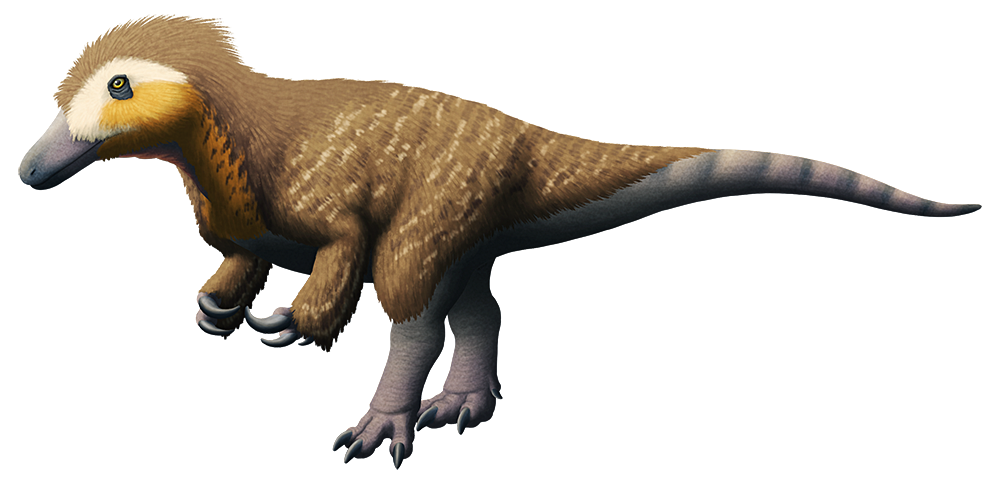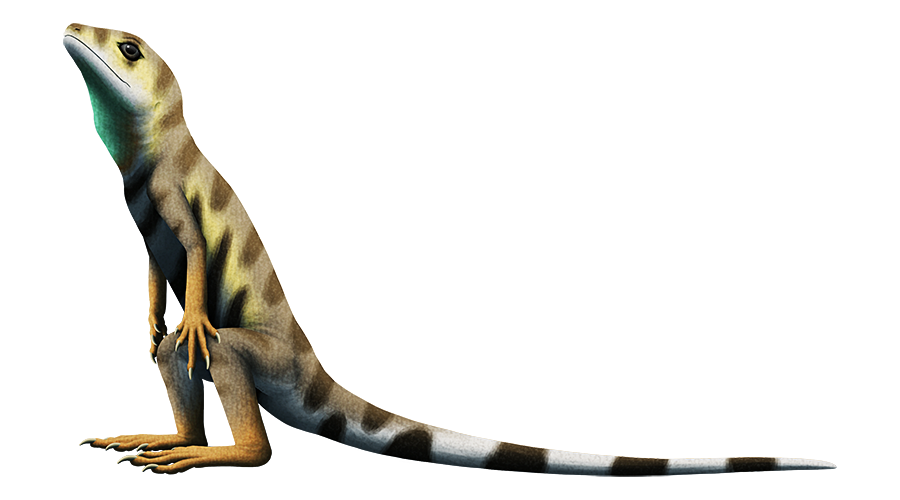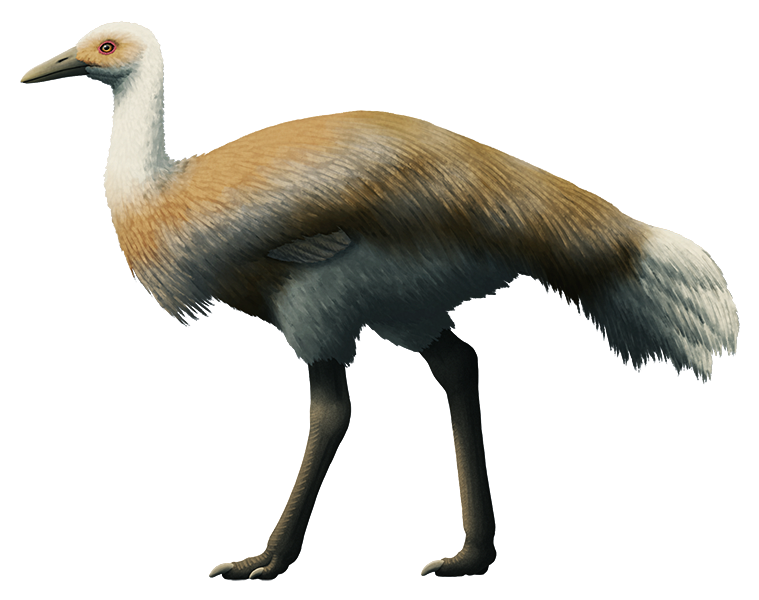Australovenator wintonensis, a megaraptoran dinosaur from the Late Cretaceous of Queensland, Australia (~100-94 mya). It was a medium-sized member of the group, about 6m long (19′8″), and despite only being known from a partial skeleton it’s still one the best-known megaraptorans – and also the most complete predatory dinosaur from Australia.
Megaraptorans were a group of fairly large theropod dinosaurs, currently known from Australia, South America, and Japan (and maybe Egypt). Their relationships to other theropod groups are rather uncertain, with different studies placing them as neovenatorids, tyrannosaurids, or most recently as an early branch of the coelurosaurs.
They had very lightly-built bodies, with bird-like bones full of weight-reducing air spaces, proportionally small heads with long slender snouts, and leg bones adapted for running. But their most distinctive feature was their hands, featuring massively enlarged claws on the first and second fingers, with the third finger being much smaller and somewhat vestigial-looking. While some other theropods like allosaurids and spinosaurids also had big hand claws, megaraptorans’ almost tyrannosaurid-like mostly-two-fingered arrangement is rather odd.
Their arms and fingers were much more flexible than those of most other non-avian dinosaurs, allowing them to reach out, grab onto prey with those claws, and then pull it in close to their bodies, restraining it in a sort of death-hug while their relatively weak jaws finished it off.
A distinctive injury to the second toe of Australovenator also suggests these dinosaurs may have been able to deliver powerful kicks like modern cassowaries.





